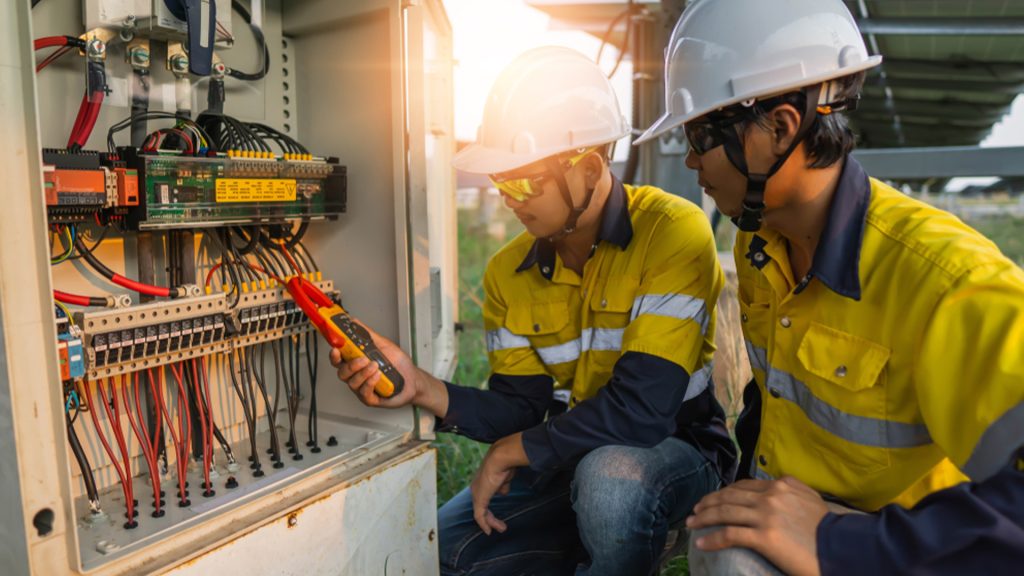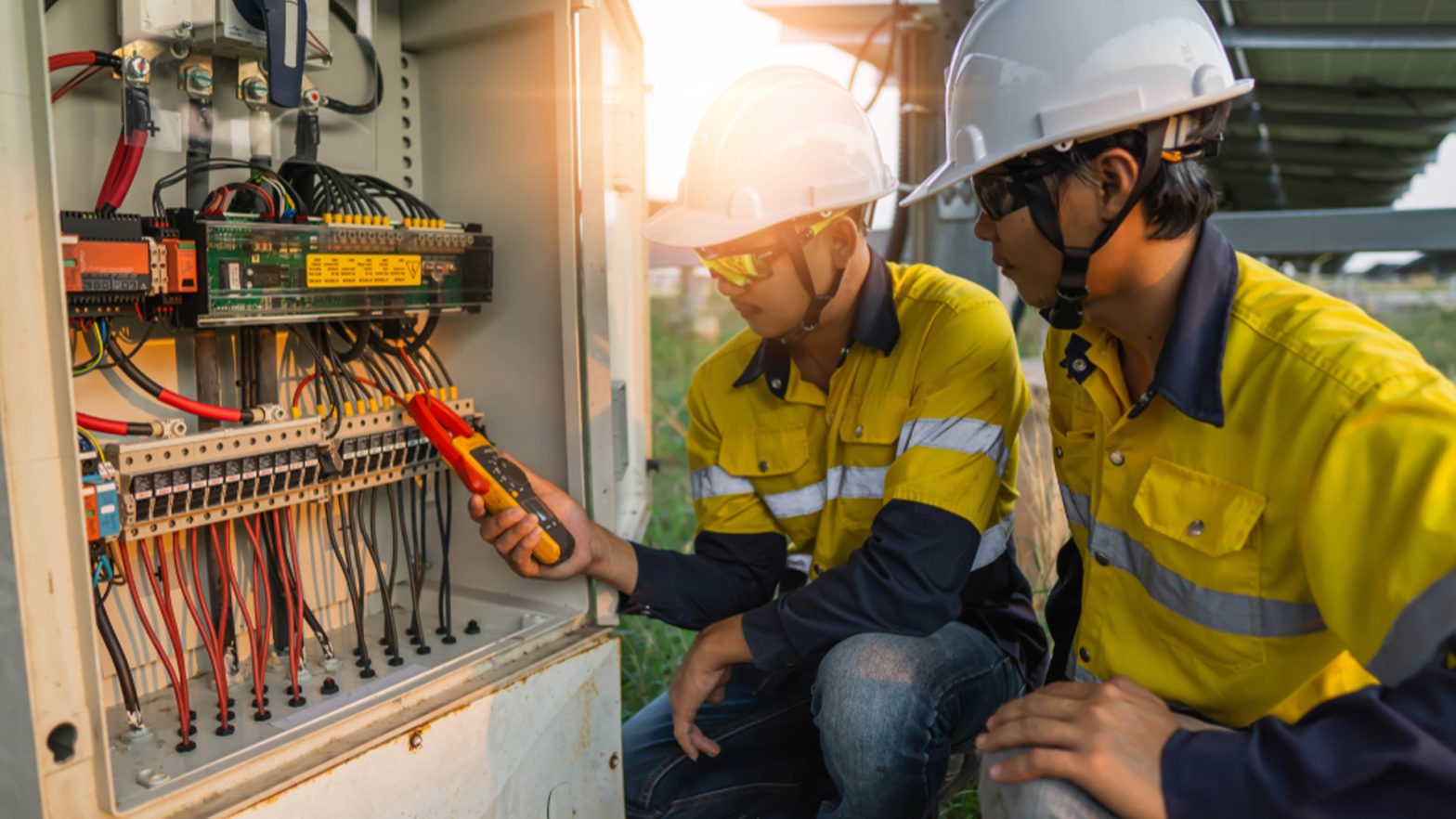
Staying safe with electrical components is a hugely important factor for workforces across multiple industries, but many employees don’t feel appropriately trained on the potential risks and how to be safe. The annual Fluke Safety Survey for 2023 emphasized this, with 29% of workers interviewed believing that more electrical safety training would benefit them.
Electrix, suppliers of electrical junction boxes across many industries, has provided some insight on the essentials of electrical safety programs that can help keep your workforce informed and safe in their everyday working lives.
Why safety programs are so important
Every industry is reliant on electricity, from the basics of lighting and powering plugs to industries like hospitality having their fridges and freezers kept at the appropriate temperature and avoiding spoiling. However, misuse or mishandling can lead to accidents and injuries among your workforce as well as damage to property.
In worst case scenarios, it can result in fatalities. Between 2011 and 2021, the Bureau of Labor Statistics and OSHA found that 118 occupations were involved in electrical fatalities, proving that it’s not just occupations directly involved with electrics who are facing these risks. This is one of the main reasons to implement a safety plan, as the appropriate training will help reduce this risk.
This can help distinguish your business as one that’s committed to protecting both your employees, your customers, and the general public who could be affected. Being prepared and safe can help brand reputation and build trust for your stakeholders and prospective customers. It can also improve the attraction and retention of high-quality talent, as they’ll feel more attracted to a company concerned with safety.
Safety programs will also help keep you in line with government standards and regulations for safe use and management of electricity. Failing to meet them can lead to legal consequences, as well as fines and damage to your business’ reputation.
More benefits of safety programs
- Accident and injury prevention – Through appropriate training on what your workforce will encounter such as equipment management and identifying hazards, it can reduce the number of accidents your business encounters significantly. This means that less compensation claims and associated costs of downtime and payouts occur and of course you will be saving lives!
- More productive workplace – By making workplaces safer, it encourages a culture of confidence and focus among your workforce. This is due to less worry about electrical hazards, meaning they can work more efficiently and productively knowing they are safe.
- Cost saving – By reducing the number of incidents, it means medical and insurance costs are much lower. Proper maintenance of equipment also means less cost in repairs or replacements. The hidden cost of no claims is difficult to quantify but consider how many of your clients may action a change in contract if you had a poor safety reputation. It is fair to say that being proactive and putting safety first will directly affect your balance sheet in a positive way.
Essentials to include in your program
When building out your electrical safety program, there’s plenty to consider when thinking about what to include. Here are the absolute musts:
- Appropriate training – Your employees should have the appropriate training from day one on the job. This includes understanding the machinery they use and the electrical risks involved, as well as the proper use of safety equipment and how to respond to emergencies. Beyond the introductory course, regular refreshers should be provided so your workforce can be kept updated on the latest processes and technologies.
- Assessing risks – Part of the program should involve being able to identify risks and conduct assessments of potential hazards in your employees’ workspaces. Equipment, wiring, and infrastructure are points to look at, as well as looking preventatively as well as reactively.
- Maintenance – Inspecting and maintaining equipment regularly is crucial to keeping systems running smoothly and efficiently. Establishing a maintenance schedule and following it to the letter can reduce injuries that can be fatal, such as electrical fires and shocks.
- Lockout and tagout processes – Having processes in place that can isolate devices and prevent energization of equipment are important to include. This might involve switching off the affected equipment or disconnecting it from the wider network.
- Safety equipment – Gloves, glasses and insulated tools are just a few examples of PPE, (Personal Protective Equipment) that your workers may need to keep safe when working with equipment. Not only should it be provided, but the program should include how to apply it correctly to reduce incidents.
- Emergency reactive plans – When incidents happen, it’s important to act quickly and decisively. A response plan in case of emergencies can be crucial in getting those experiencing the incident the appropriate first aid and contacting the correct people.
- Audits and inspections – Your program should never be considered done, as there’s always room to improve it. Regular reviews can help to identify where these improvements can be made and help to better build it out.
- Documents and records – Documenting and recording training, assessments, maintenance, employee accreditation and certification, and incidents in detail are crucial in keeping track of the electrical safety of your business. This way, you’re able to keep a record of how effective your electrical safety program is and how it can be improved.
- Employee participation – Your workforce has the most knowledge around your operations and processes, so by encouraging them to get involved you can have a more accurate look at what should be included.
As a business owner, you have not just a legal requirement to provide the appropriate training to your staff, but also a moral and ethical responsibility. It can benefit you to have it all in place, but when your workforce is faced with potential risks, they must know how to manage them and protect themselves.
































